Chorkie Dog Breed, Fun Facts and Puppy Pictures
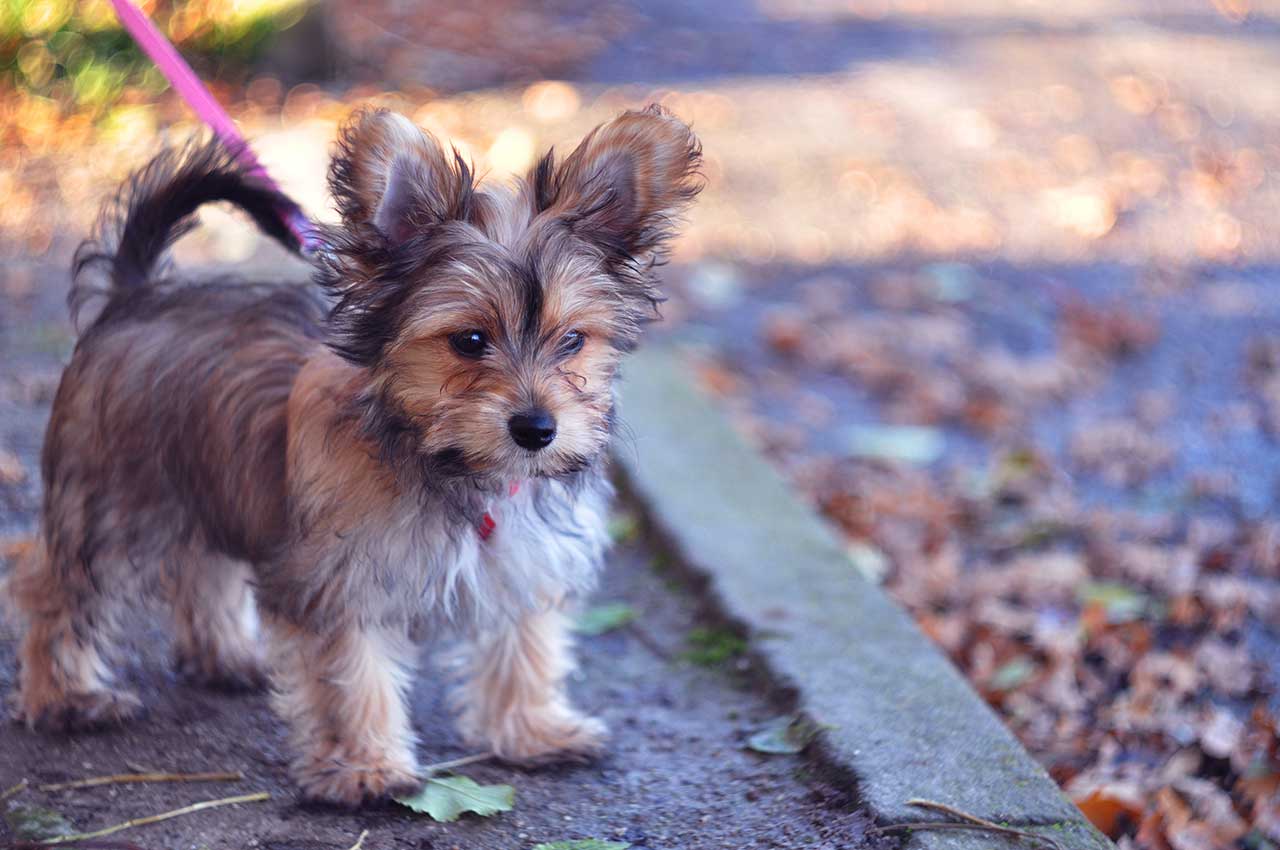
Contents of Article
What Exactly is a Chorkie?
The Chorkie is a cross between a purebred Chihuahua and a purebred Yorkshire Terrier.
Because both of these parent breeds are classified as Toy breeds, you can expect the Chorkie to be a very small dog as well. This also means that it is possible to cross either a male or female of either breed to create a litter of Chorkie puppies.
Because the Chorkie is a mixed breed, it is difficult to predict what your Chorkie puppy will be like when he grows up. To some degree, this is true for all puppies but puppies of mixed genetics are even more unpredictable.
The only thing you can expect to be standard among Chorkie puppies is their small size. In general, the Chorkie will fall somewhere along the spectrum between the two parent breeds for things like temperament, appearance, and health.
Learning more about these parent breeds will give you a better idea what to expect from your Chorkie, though you won’t really know what he will be like as an adult until he grows up.
 Characteristics of a Chihuahua
Characteristics of a Chihuahua
The Chihuahua is the smallest dog breed and also one of the oldest. The origins of the Chihuahua breed can be traced all the way back to ancient Mexico and it is commonly believed that the modern Chihuahua descended from an ancient companion breed, the Techichi, which was developed by the Toltec civilization before the 9th century. In ancient Mexico, the ancestor of the modern Chihuhua was thought to hold mystical powers, acting as a spirit guide to protect human souls as they travelled to the underworld. There is no physical evidence, however, regarding the exact origins of the breed or its history in Mexico prior to Spanish inhabitance.
The modern Chihuahua was actually developed by breeders in North America and the first specimen of the breed was registered with the AKC in 1904. Today, the Chihuahua consistently ranks among the top 15 most popular dog breeds according to AKC registration statistics. Part of what makes this breed so popular is its small size. The Chihuahua stands no more than five inches tall at the shoulder and weighs a maximum of six pounds. These little dogs come in a variety of colors and patterns and there are actually two breed varieties – the smooth coat and the long coat. The smooth coat Chihuahua has short hair which makes it very easy to groom and maintain. The long coat Chihuahua has a very long coat which requires more frequent brushing and bathing.
In terms of coloration, Chihuahua can be solid colored, marked, or splashed with various different colors including black, white, fawn, cream, red, brown, and more. There is no particular color or pattern that is preferred above the others but there is one pattern that is not preferred – the merle coat pattern. A merle coat is the result of a dilution gene and it produces patches of color all over the body. Because there are some health risks associated with the gene responsible for the merle coat pattern, the AKC does not accept Chihuahuas that have a merle coat for registration.
The Chihuahua may be one of the smallest breeds out there, but it has a lively personality and a fiery temper. As is true with many small-breed dogs, the Chihuahua is prone to developing Small Dog Syndrome without proper socialization and training. Small Dog Syndrome occurs when a dog does not receive proper leadership or authority from the owner and it leads the dog to develop dominant or aggressive tendencies. In general the Chihuahua can be a little aggressive toward other dogs and they can also be a bit nippy, but early socialization and obedience training can help to minimize these behavior problems. Chihuahuas are also fairly smart so they can respond well to training as long as you maintain a firm hand and offer plenty of praise and rewards for motivation.
In the home, the Chihuahua serves the role of loyal companion. These dogs often form close attachments to a particular member of the family and they can become a little possessive at times. Chihuahuas often do not take well to strangers and they can be aggressive toward other dogs. Chihuahuas are also not a good choice for families with children because their small size increases their risk for injury and they tend to be high-strung and impatient around children. If you have plenty of time to devote to your Chihuahua, however, he can be very affectionate. In terms of health, the Chihuahua has a long lifespan of up to 20 years but there are a number of health problems to which the breed is prone. Due to its size, Chihuahua’s often experience dental problems as well as eye problems and musculoskeletal issues like patellar luxation. Other potential health problems include tracheal collapse, open fontanelle, portosystemic shunt, hypoglycemia, and obesity.
Characteristics of a Yorkshire Terrier
The Yorkshire Terrier may be classified as a Toy breed, but he exhibits the energy and spunk that is characteristic of most terrier breeds. This breed is active and fun-loving but its most identifiable characteristic is his long, flowing coat. The Yorkshire Terrier was developed in the 19th century in Yorkshire, England – this is where he breed gets its name. The origins of this breed can be traced back to three specific dogs with additional contributions from the Paisley Terrier and possibly the Maltese. During the early years of the breed there was no official breed standard so any small terrier having a long, silky, blue-and-fawn coat with docked tail and trimmed ears was considered a Yorkshire Terrier. It wasn’t until the late 1860s that a specific dog was chosen to define the standard type for the breed.
Shortly after the breed type was established, the Yorkshire Terrier was introduced in North America. The first Yorkshire Terrier was registered with the AKC in 1885 and it continued to be a popular breed among English nobility and the American upper class. In addition to serving as a loyal companion, early Yorkshire Terriers were also used to catch rats in clothing mills – they were also used in the sport of rat-baiting. Today, however, the Yorkshire Terrier is primarily a companion pet and it is classified in the Toy Group by the American Kennel Club – this is a non-working group. The Yorkshire Terrier consistently ranks among the top 10 breeds in America according to AKC registration statistics.
One of the things that makes the Yorkshire Terrier so popular is its diminutive size – it is perfect for carrying in a purse or small bag. The Yorkshire Terrier, often referred to as a Yorkie by breed enthusiasts, typically stands 8 to 9 inches tall and weighs between 4 and 7 pounds at maturity. This breed has a relatively long lifespan between 12 and 16 years which is fairly standard for a breed of its size. Though the Yorkie is generally a healthy breed, it is prone to certain health problems – many of them are related to the dog’s size. Yorkies frequently suffer from dental problems and collapsed trachea due to the size of their head and neck – they are also prone to certain genetic eye problems. Some of the musculoskeletal issues most commonly seen in Yorkies include patellar luxation and Legg-Calve-Perthes disease. Yorkies are also frequently diagnosed with portosystemic shunt, hypothyroidism, and hypoglycemia.
In addition to being small and portable, the Yorkshire Terrier is also very friendly and people-oriented. Yorkies tend to develop strong attachments with a particular member of the family and they can be protective of their human companions. This breed tends to be wary around strangers and they aren’t afraid to stand up to dogs three or four times their size. Yorkshire Terriers are lively little dogs but they do not have very high needs for exercise – a daily walk or some active play time is generally sufficient for this breed. These dogs do need plenty of attention, however, because they are likely to develop separation anxiety if left alone for longer periods of time. Yorkies are generally not a good choice for families with children because they can be nippy and impatient – plus, their small size increases their risk for injury.
The Yorkshire Terrier is not only a great companion pet, but a very attractive breed as well. Yorkshire Terries are known for their stunning blue-and-tan coats of long, silky fur. The Yorkie’s coat has a glossy, fine texture and it is generally parted down the middle of the back. From the base of the neck to the base of the tail, the coat should be silver-blue, gray, or black in color. The hair on the head, chest, and legs should be tan. It is interesting to note that while the blue-and-tan coloration is standard for this breed, that is not how Yorkshire Terrier puppies are born. They have all-black coats when they are born which eventually develop into the iconic blue-and-tan coloration. Yorkies do not shed as much as other breeds and they tend to be less problematic for allergy sufferers. The long coat of this breed does require a good deal of maintenance, however, with daily brushing and frequent bathing and trimming to maintain skin and coat health.
Chorkie Puppy Pictures
[instagram-feed type=hashtag hashtag=”#chorkiepuppy” num=9 cols=3 showcaption=false]Chorkie Characteristics and Temperament
The Chorkie is a small-breed dog that exhibits a combination of physical and personality traits from its two parent breeds – the Chihuahua and the Yorkshire Terrier. Though often labeled a “designer dog”, the Chorkie is technically a mixed breed or a mutt. This means that it is not eligible for registration with the AKC, though it has been accepted by other organizations like the American Canine Hybrid Club, the Designer Breed Registry, and the International Designer Canine Registry. Because the Chorkie is a hybrid, it is difficult to predict what the puppies will turn out to be like. The only thing you can really count on for a Chorkie is its small size because both parents breeds are Toy breeds.
In terms of its personality, Chorkies vary greatly from one dog to another depending on the personality of the parent dogs. Both Chihuahuas and Yorkshire Terriers tend to bond closely with one particular family member and they can be very possessive and territorial. You can expect this to be true of your Chorkie as well – you can also expect him to be a little wary around strangers. Because the Chorkie is so small, this breed is not a good choice for families with children. Not only can the Chorkie be nippy and impatient with children, but its small size puts it at risk for injury by children who do not know how to handle a dog. The Chorkie may also be a poor choice for families that have other dogs. Both Chihuahuas and Yorkshire Terriers need a lot of attention so your Chorkie could become dominant or aggressive toward another dog in the household.
The Chorkie is generally a smart little dog, though training can be a challenge in some cases, as it usually is for small breeds. Chorkies can be very smart and they may take well to training, though it is very important that you maintain a firm and consistent hand to assert your authority over the dog. It is also important that you use plenty of treats and praise to motivate your Chorkie during training. Chorkies love receiving attention and praise from their owners so they will be eager to learn tricks if you reward them for doing so. Early socialization is also very important for this mixed breed because small dogs have a tendency to develop dominant tendencies or destructive behavior when not properly disciplined.
As a mixed breed, the Chorkie may be prone to a number of different health problems. Some people believe that mixed breeds are inherently healthier than purebreds because there is a larger gene pool to draw from. While this may be true to some degree, if both parent breeds are prone to the same condition then your Chorkie’s risk for developing that condition will actually be much higher. For example, because Yorkshire Terriers and Chihuahuas are both very small dogs, they are prone to dental problems and eye problems – this may be doubly true for your Chorkie. Both parent breeds are also prone to a condition called portosystemic shunt, a liver defect which can be costly to treat. Other conditions your Chorkie might develop include hypoglycemica, patellar luxation, and skin problems.
How Much Do Chorkies Cost?
Because the Chorkie is often marketed as a “designer breed” they sometimes sell for very high prices. It is important for the dog owner to realize, however, that dogs marketed as designer dogs are really just mixed breed dogs (some might even call them mutts). This being the case, you should not pay more for a Chorkie than you would for either a purebred Chihuahua or a purebred Yorkshire Terrier. In fact, many dog enthusiasts recommend adoption for mixed breeds like the Chorkie instead of supporting hobby breeders and “designer dog” breeders.
To give you an idea of how much you can expect to pay for a Chorkie, consider the average price for purebred Chihuahua and Yorkshire Terrier puppies. A purebred Chihuahua from an AKC-registered breeder sells for anywhere between $400 and $600 for a pet-quality puppy and from $800 to $1,500 for a show-quality dog. Yorkshire Terriers fetch a similar price around $1,000 to $1,500 for a show-quality puppy and between $500 and $800 for a pet-quality puppy. With both of these breeds, smaller sizes are preferred and they may fetch higher prices than larger puppies. Given this information, you should not spend more than $1,500 on a Chorkie, though a price range between $400 and $800 is the best.
What is a Chorkie’s Lifespan?
The Chorkie is a toy breed and most small-breed dogs have fairly high life expectancies. The average lifespan for the Yorkshire Terrier breed is 12 to 16 years and the average for the Chihuahua is 12 to 20 years. Because the Chorkie is a cross between these two breeds, his expected lifespan will be an average of the two. Though genetics, diet, and health play an important role in determining your dog’s life expectancy, you can expect your Chorkie to live anywhere from 12 to 20 years, though an average around 14 to 16 years is the most likely outcome.
How Big is a Full-Grown Chorkie?
The Chorkie is the result of a cross between a purebred Chihuahua and a purebred Yorkshire Terrier. Because both of these breeds are very small, you can expect your Chorkie to be very small as well. The Chihuahua is classified as a toy breed – it stands no more than 10 inches high and weighs between 4 and 6 pounds at maturity. The Yorkshire Terrier is also a toy breed, standing up to 9 inches tall and weighing between 4 and 7 pounds. Given this information, the Chorkie can be expected to fall within the average weight range for both of these breeds, about 4 to 7 pounds at maturity. The only way to really know the full size of your Chorkie, however, is to allow him to grow up.

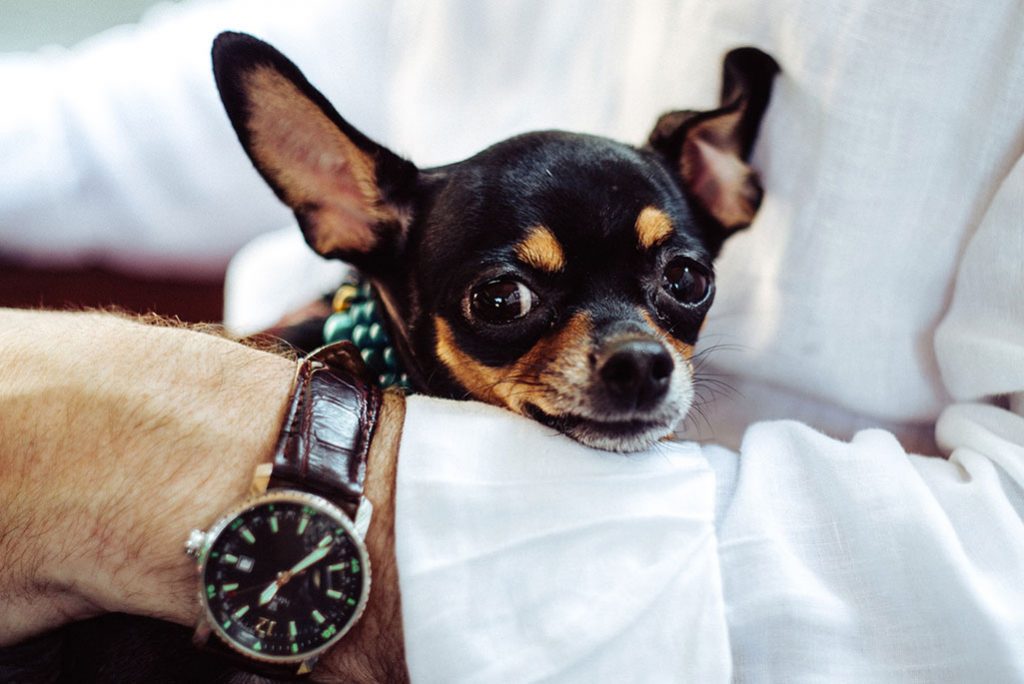 Characteristics of a Chihuahua
Characteristics of a Chihuahua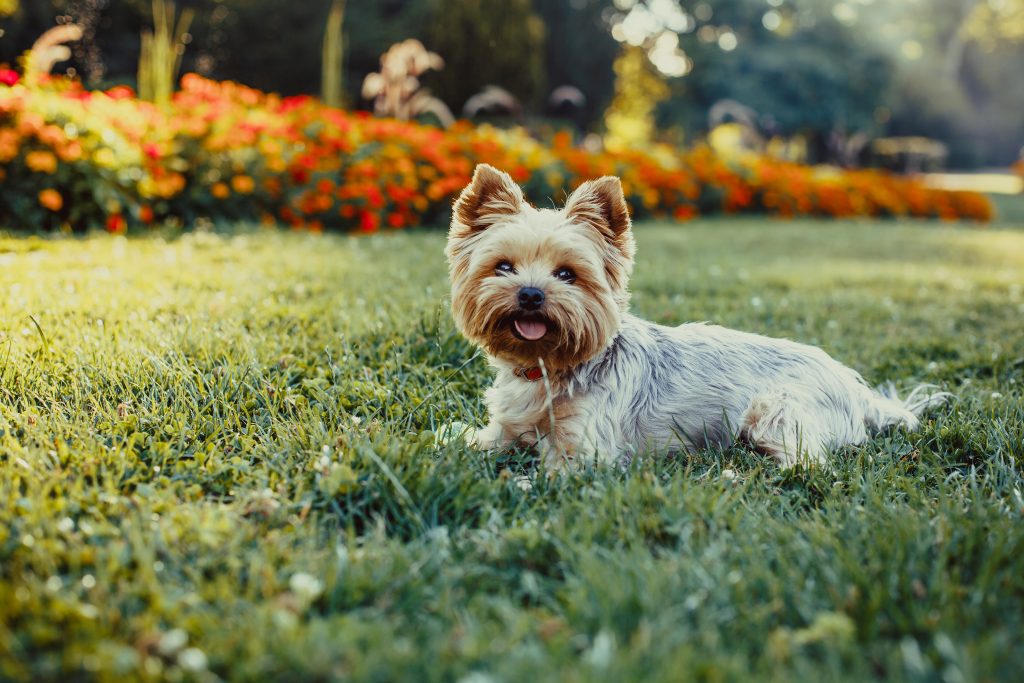
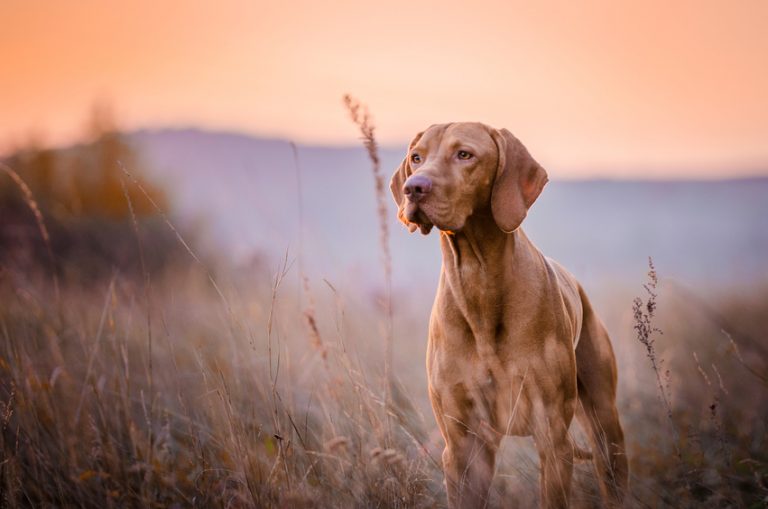
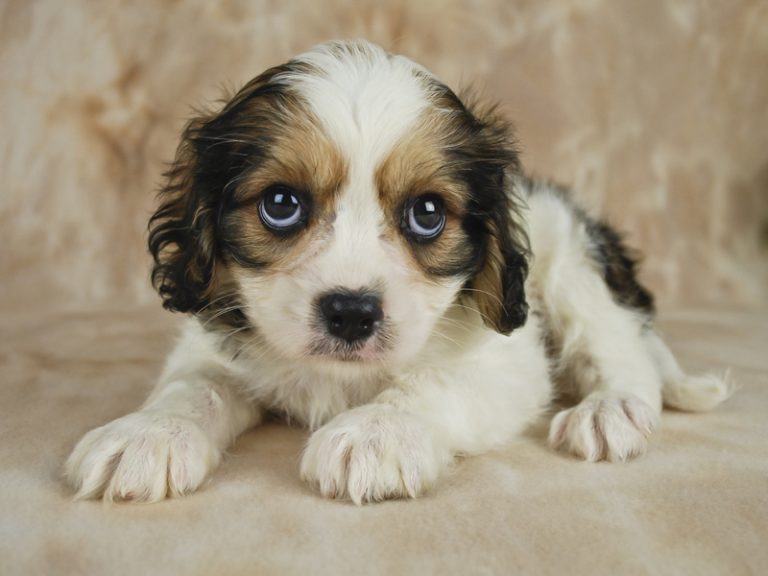

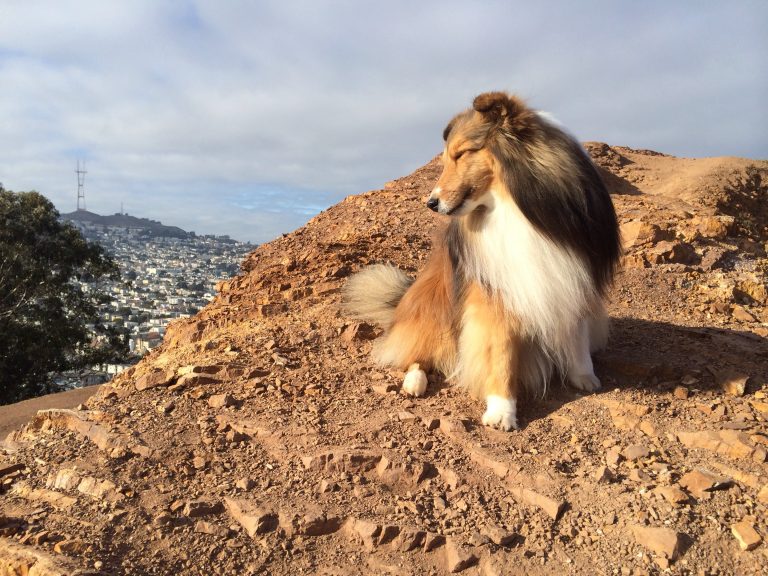
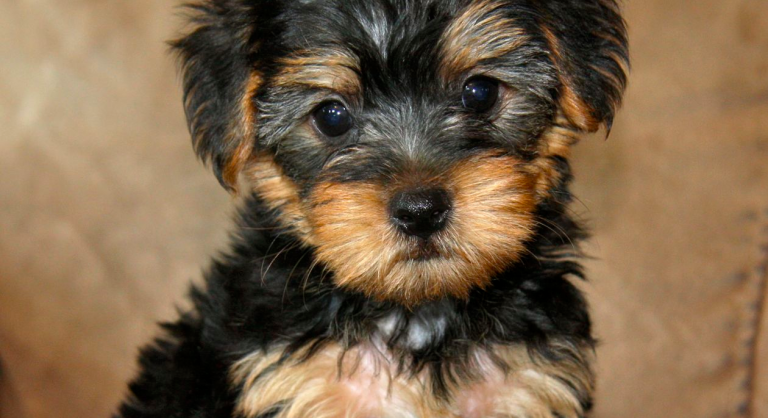
I have a little Chorkie. She is the best dog ever!!! I’ve had her a year n a half so far n have NEVER heard her leave out a full bark!!! NO LIE!!! Chihuahuas r supposed to be loud n “ankle biters”. Well mine is FAR from it!! She will go to anyone n lick them like crazy n she loves kisses!
How much does your chorkie weigh? I have one that is 6 months old and weighs 5 pounds already. When are the considered grown? Or when do they stop growing? My puppy is very smart and he loves kisses too!
My chorkie is almost 6 months and weighs 5.6 lbs. Her vet told me by 8 months she will be fully grown. She also is a little sweetie that loves people, & she is such a happy little puppy. I got her when she was 6 weeks old and I still can’t get over how cute, & sweet she is.
This is my first Chorkie and I got him at 4 weeks old and I’ve had no problem with this pup what so ever. He is a great and very smart pup. Thanks for letting me share.